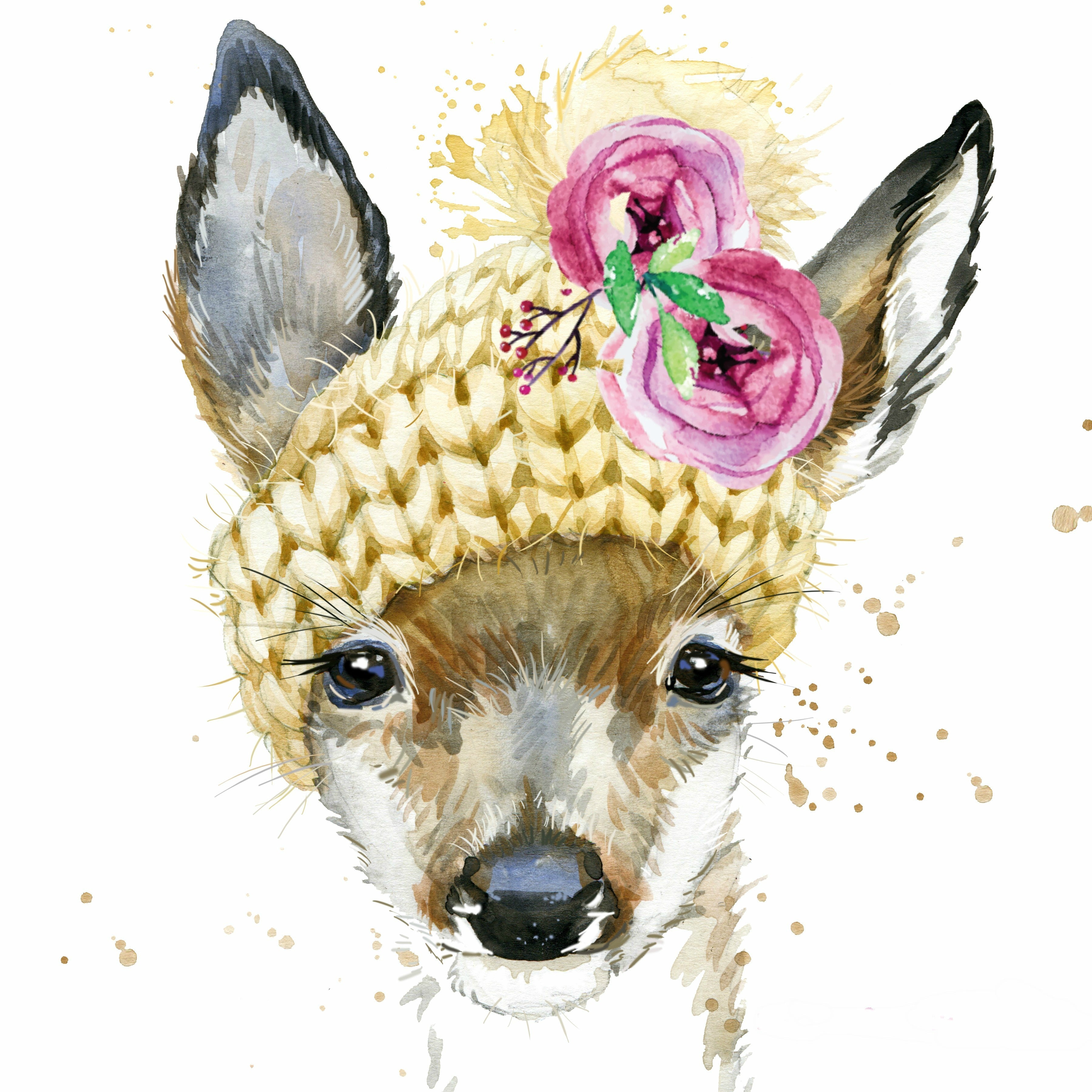When two sewing addicts cross paths, they might just swap some raw silk - that's exactly what occurred with my dear friend Victoria! So, why not give raw silk projects a humorous twist and start a blog about them?

Raw silk is a versatile fabric that can be used to make a wide variety of creative projects.
This post outlines five different projects that can be created with raw silk, from clothing and accessories to home décor and art. Raw silk is a luxurious fabric with a unique look and feel that makes it ideal for a variety of creative projects.
Silk Scarf:
For a silk scarf, opt for a raw silk fabric that is lightweight and has a flowing texture. Trim the fabric into a rectangular shape, measuring approximately 180 cm x 40 cm. Utilize either a sewing machine or hand stitching to neatly hem the edges. You have the option to keep it simple as a plain silk scarf or enhance it with personalized hand-painted or block-printed designs.
Silk Kimono:
When making a silk kimono, it is recommended to use medium-weight raw silk that has a lovely drape. To create the front and back pieces, cut two rectangles measuring around 120 cm x 70 cm. Additionally, cut two smaller rectangles measuring about 60 cm x 40 cm for the sleeves. Next, sew the front and back pieces together at the shoulders and sides. Attach the sleeves and hem the edges. Finally, to finish off the kimono, add a waist tie or belt.
Silk Headband:
For a silk headband, opt for a lively raw silk material that has some firmness. Take a piece of fabric measuring around 120 cm x 10 cm and trim it accordingly. Fold the fabric in half lengthwise and stitch along the longer side, leaving the ends unsewn. Then, reverse the fabric to have the right side facing outwards. Fasten the headband around your head, allowing the ends to dangle or neatly tuck them in for a more polished appearance.
Silk Clutch:
To create a silk clutch, opt for a weightier raw silk fabric that has a bit of texture. Begin by cutting two rectangular pieces, measuring around 30 cm x 20 cm, for the front and back sections. Additionally, cut a smaller rectangular piece measuring approximately 20 cm x 10 cm for the flap. Proceed to sew the front and back pieces together, ensuring to leave the top section open. Attach the flap to the back piece and consider incorporating a magnetic snap or button closure for added convenience. If desired, you have the option to line the clutch with a contrasting fabric.
Silk Pillow Covers:
When choosing your pillow covers, consider using luxurious and smooth raw silk material. Cut two squares or rectangles, adjusting the sizes to fit your pillows, but remember to leave extra room for sewing. Sew the pieces together, making sure to leave one side partially open for easy pillow insertion. Complete the open side by either hemming it or adding a zipper or button closure for convenience. Don't be afraid to try different silk fabrics to create a collection of interchangeable pillow covers that will enhance the elegance of your decor.
In conclusion, raw silk is a versatile material that can be used in a variety of creative projects. From making luxurious scarves to creating unique home decor items, the possibilities are endless. So why not unleash your inner sewing addict and give raw silk a try? Who knows, you might just discover a new passion or create something truly amazing.
So grab some raw silk, let your imagination run wild, and get ready to embark on an exciting sewing adventure! Happy sewing!


